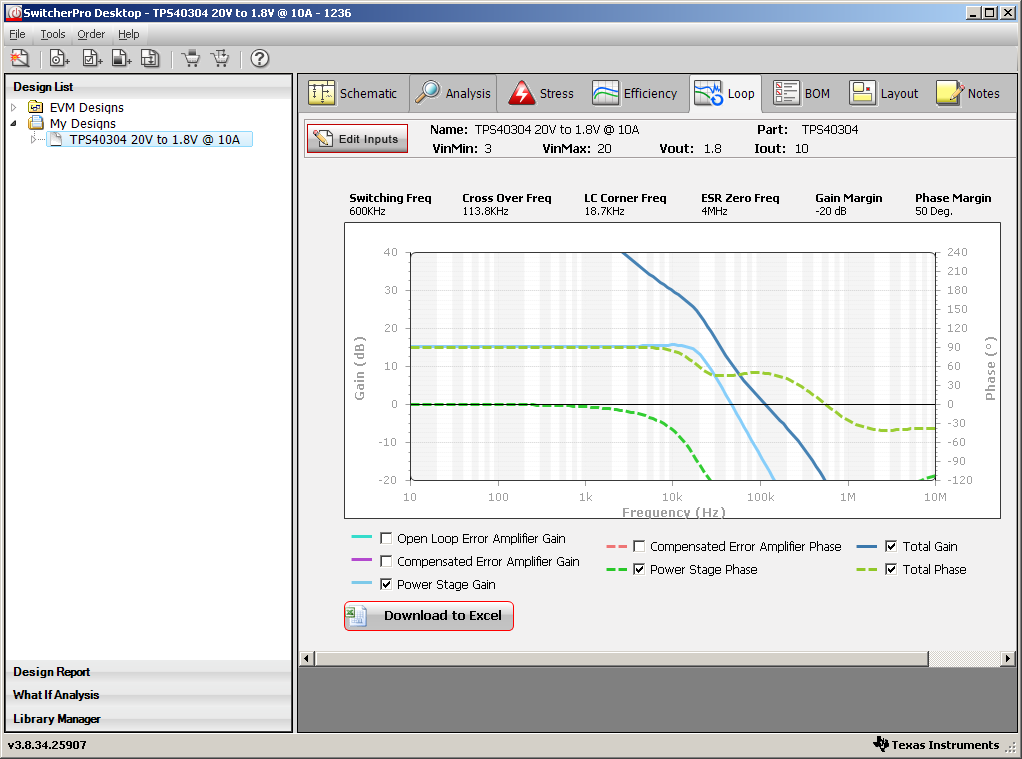I would really like to get a time average spice model for the TPS40304.
Is there a time averaged model available for this part? Is anybody working on this?
Thanks
This thread has been locked.
If you have a related question, please click the "Ask a related question" button in the top right corner. The newly created question will be automatically linked to this question.
I would really like to get a time average spice model for the TPS40304.
Is there a time averaged model available for this part? Is anybody working on this?
Thanks
Hi Ron,
We do not have an average model for TPS40304 at this time. You can use SwitcherPro to evaluate the stability of the circuit using TPS40304. You can download this free tool from our website.
Best regards,
Nikhil
Hi Ron,
Here is the link again for downloading SwitcherPro: www.ti.com/switcherpro
Best regards,
Nikhil
thanks for your response but I downloaded the switcherpro software a long time ago.
What I really need is a time averaged (state-space) spice model for this part that works in the TINA software. SPICE makes it possible to do a lot more analysis.
There are time averaged spice models available for other synchronous buck controllers. Why is there no time averaged model for the TPS40304?
The averaged models run so much faster than the transient models.
Regards,
Hi Ron,
What features are you looking to test in the model? Yes, the state space average model does run faster than the transient model but you can get much more information from the transient model that you can not get from the Average Model (like switching behavior, ripple, current limit, etc).
Best regards,
Nikhil
Hi Nikhil,
I want to do small signal ac analysis. The transient conditions aren't required for this type of analysis.
Regards,
Ron
Hi Ron,
If you are just looking to do an ac analysis, then Switcherpro will give you the same loop stability information that you will get from a state space average model. Please find some snapshots below which shows the loop response. You can also change the compensation components to see how the loop response changes in the What if Analysis Tab.


Best regards,
Nikhil